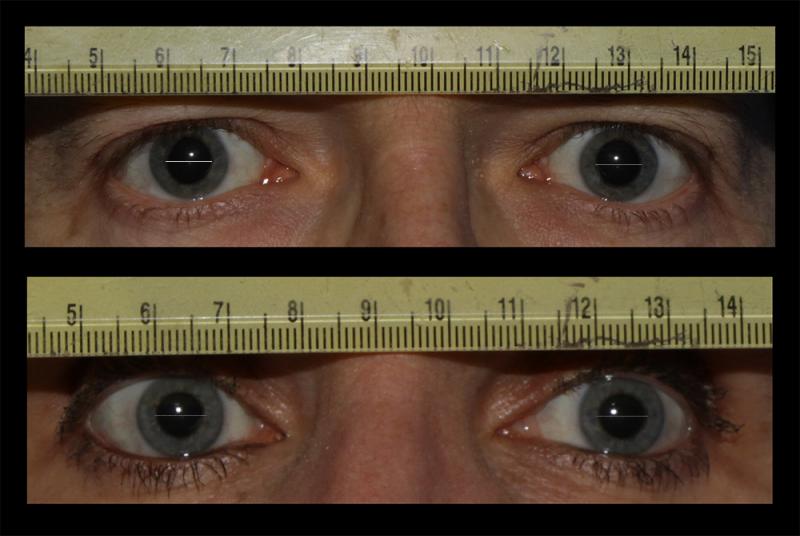

In some cases, the difference may be subtle, while in other cases, it may be very noticeable.Įye pain: Some people with anisocoria may experience eye pain or discomfort, especially if the condition is caused by an injury or infection.īlurry vision: If the anisocoria is caused by a problem with the muscles that control the size of the pupil, it can lead to blurred or distorted vision. Unequal pupil size: The most noticeable symptom of anisocoria is the difference in size between the pupils. The symptoms of anisocoria can vary depending on the underlying cause, but some common symptoms include: However, the prevalence of anisocoria can vary depending on the underlying cause. Iris abnormalities: Some conditions that affect the iris, such as coloboma or heterochromia, can cause anisocoria.Īnisocoria is not a common condition and may only be noticed during a routine eye exam or after an injury.Eye trauma: Injuries to the eye, such as a corneal abrasion or retinal detachment, can cause anisocoria.Medications: Certain medications, such as those used to treat glaucoma or Parkinson's disease, can cause anisocoria as a side effect.Infections: Certain infections, such as meningitis or encephalitis, can cause anisocoria by affecting the nerves that control the size of the pupils.Brain injury: Traumatic brain injury, stroke, or brain tumors can damage the nerves that control the size of the pupils and lead to anisocoria.It is typically caused by a viral infection or inflammation of the eye. It causes the affected pupil to be larger than the other and to react slowly to light.

Adie's pupil: This is a rare condition that affects the muscles that control the size of the pupils.It can be caused by a number of underlying conditions, including neck injury, tumor, or neurological disorders. Horner's syndrome: This condition occurs due to damage to the sympathetic nerves that control pupil dilation.It is usually asymptomatic and requires no treatment. Physiological anisocoria: This is a benign condition where there is a slight difference in pupil size between the two eyes, with no underlying pathology.What Causes Anisocoria?Īnisocoria can be caused by a number of underlying conditions, including: In this article, we will discuss the causes, symptoms, and treatment of anisocoria. While slight variations in pupil size are common and normal, significant differences in pupil size can be an indication of a serious underlying medical condition. Anisocoria is a medical condition where the pupils of the eyes are unequal in size.


 0 kommentar(er)
0 kommentar(er)
